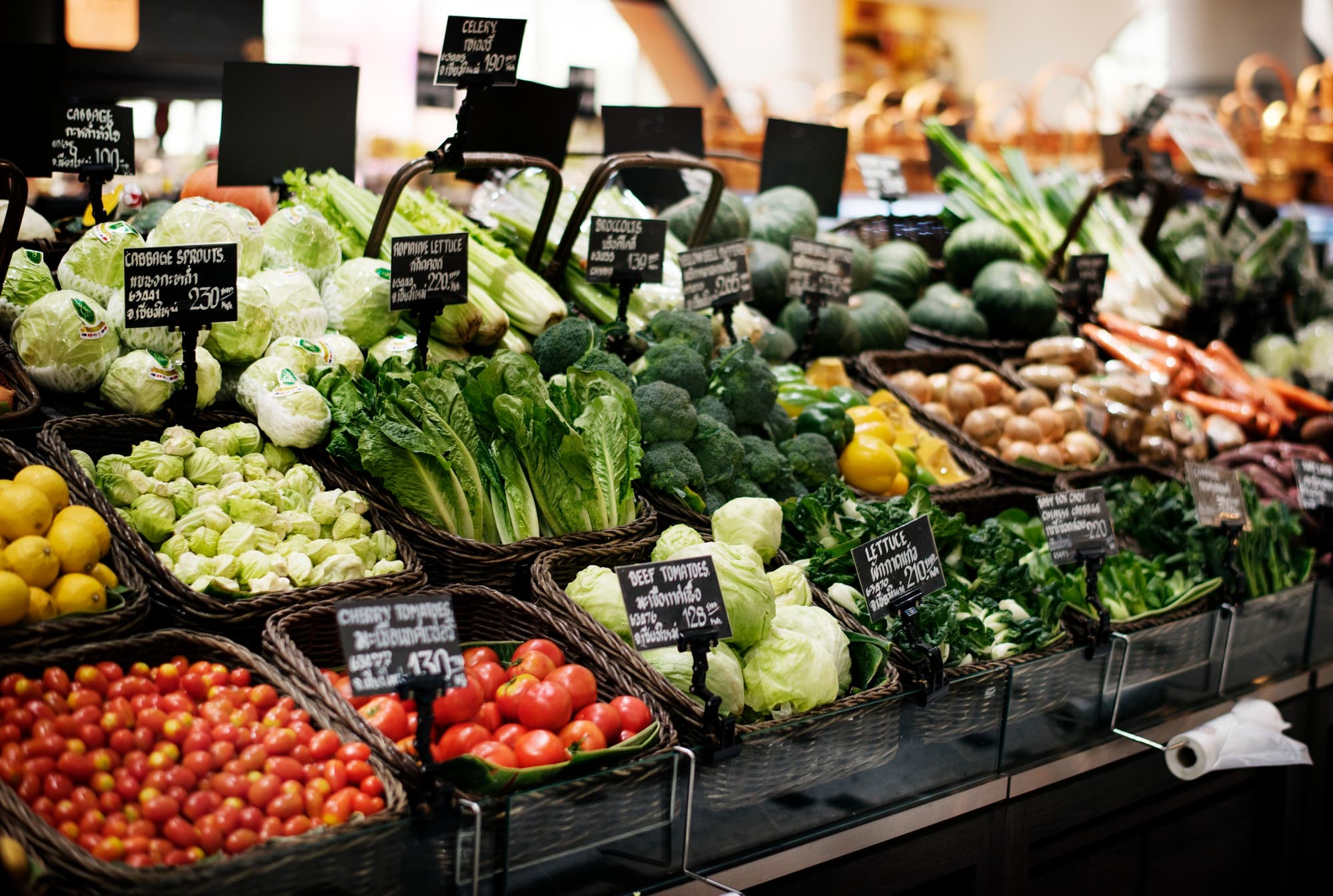
March 7, 2025
Budget-Friendly Shopping: Eating Well Without Breaking the Bank
Eating healthy on a budget might seem challenging, but with the right strategies, it’s entirely possible to nourish your body without overspending. Many people assume that fresh, nutritious foods come with a hefty price tag, but smart shopping techniques can help you maximize your grocery budget while maintaining a healthy diet. This guide will walk you through practical, research-backed tips to help you shop smarter and eat better—without breaking the bank.
1. Plan Ahead: The Key to Budget-Friendly Shopping
Planning is essential for avoiding impulse purchases and making the most of your grocery budget.
- Create a meal plan – Studies show that meal planning can reduce food waste by up to 40% and help consumers stick to healthier eating patterns. Aim for simple, nutritious meals using affordable ingredients.
- Make a shopping list – According to the Food Marketing Institute, shoppers who use a list spend up to 23% less than those who don’t. Stick to your list to avoid unnecessary spending.
- Check store ads and discounts – Most U.S. grocery chains, such as Kroger, Aldi, and Walmart, offer weekly promotions and digital coupons. Take advantage of these deals for fresh produce, lean proteins, and pantry staples.
2. Shop Smart: Where and How You Buy Matters
Choosing the right stores and shopping techniques can make a big difference in your grocery bill.
- Buy store brands – Private-label brands are often 20-30% cheaper than name brands while offering similar quality. Look for brands like Great Value (Walmart), Simply Nature (Aldi), and 365 by Whole Foods Market.
- Shop seasonally for produce – Buying fruits and vegetables in season can reduce costs significantly. For example, fresh berries can be expensive in winter, but apples and oranges are often more affordable.
- Use the unit price – Comparing unit prices (cost per ounce, pound, or liter) helps you determine the best deal. Grocery stores usually display unit prices on shelf tags.
3. Budget-Friendly Healthy Staples
Nutritious foods don’t have to be expensive. These staples offer high nutritional value at a low cost:
- Grains: Brown rice, oats, whole wheat pasta, and quinoa
- Protein: Eggs, dried or canned beans, canned tuna, rotisserie chicken, and tofu
- Fruits and vegetables: Bananas, carrots, apples, frozen mixed vegetables, and sweet potatoes
- Dairy alternatives: Store-brand Greek yogurt, low-cost cheese blocks, and unsweetened almond or oat milk
- Healthy snacks: Popcorn, peanut butter, sunflower seeds, and homemade trail mix
4. Reduce Waste and Maximize Savings
The average U.S. household wastes approximately $1,500 worth of food per year. Here’s how to cut waste and save money:
- Store food properly – Keep produce fresh longer by using airtight containers and storing perishable items at the correct temperature.
- Repurpose leftovers – Turn last night’s roasted vegetables into a soup, stir-fry, or salad.
- Freeze extras – Buying in bulk saves money, but only if the food gets used. Freeze bread, meat, and even chopped veggies for later use.
5. Healthy Eating Doesn’t Have to Be Expensive
With a bit of planning, smart shopping habits, and a focus on whole foods, eating well on a budget is completely achievable. By making strategic choices and utilizing discounts, you can maintain a nutritious diet without overspending.
Need Personalized Help? Contact Karen Ziemniak with Aisle Insights!
If you need customized grocery shopping strategies tailored to your budget and health goals, reach out to Karen Ziemniak with Aisle Insights for expert guidance!
Recent Posts

Meal Planning and Grocery Lists: How to Combine Them for Maximum Efficiency
April 1, 2025

Healthy Grocery Shopping on a Tight Schedule
March 10, 2025

Whole Foods Advantage: Why Processed Foods Can’t Compete
January 22, 2025

Food Labels and How to Understand Them
January 16, 2025

Paleo Diet vs. Keto Diet: A Comparative Analysis
December 20, 2024
